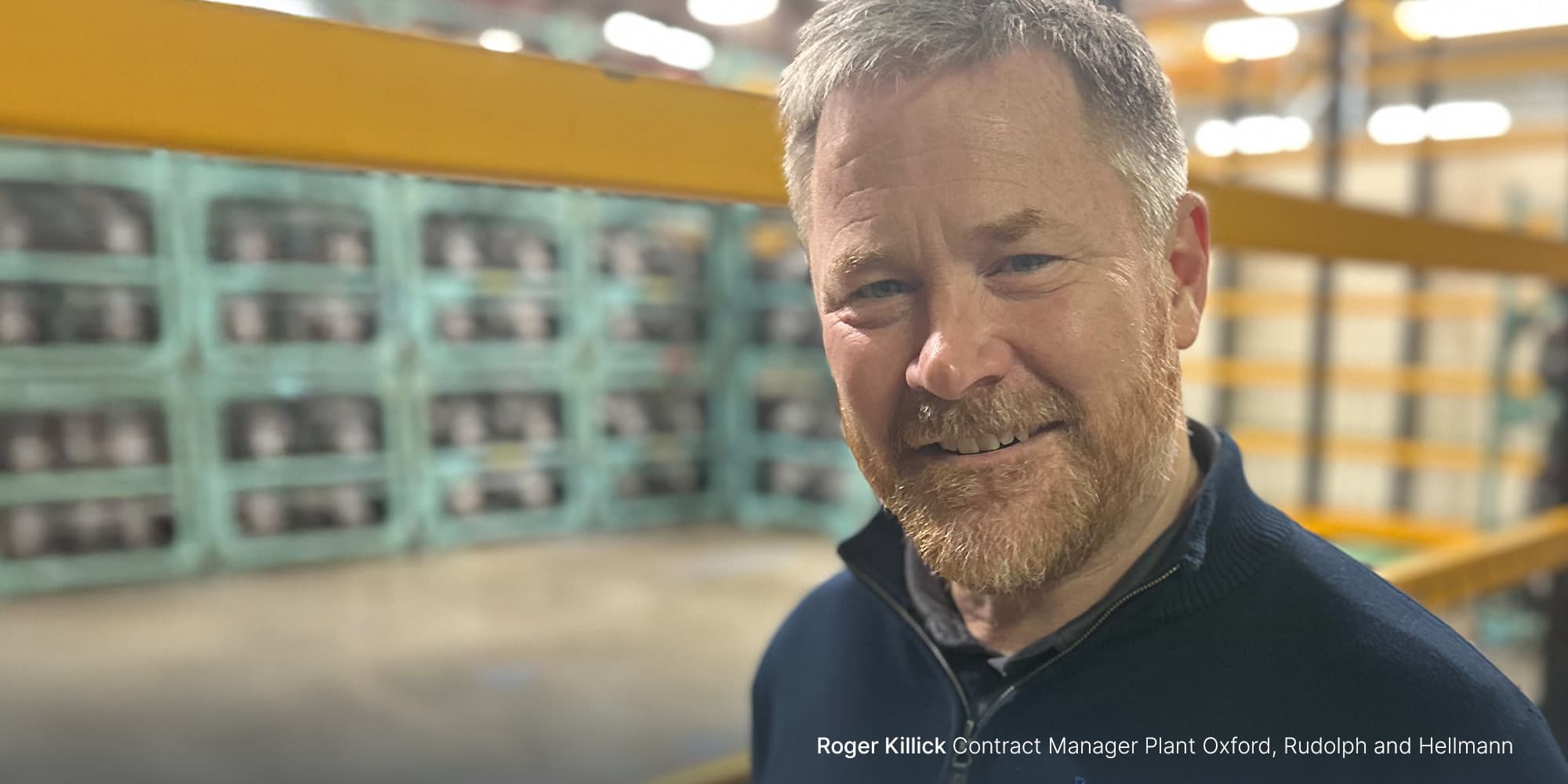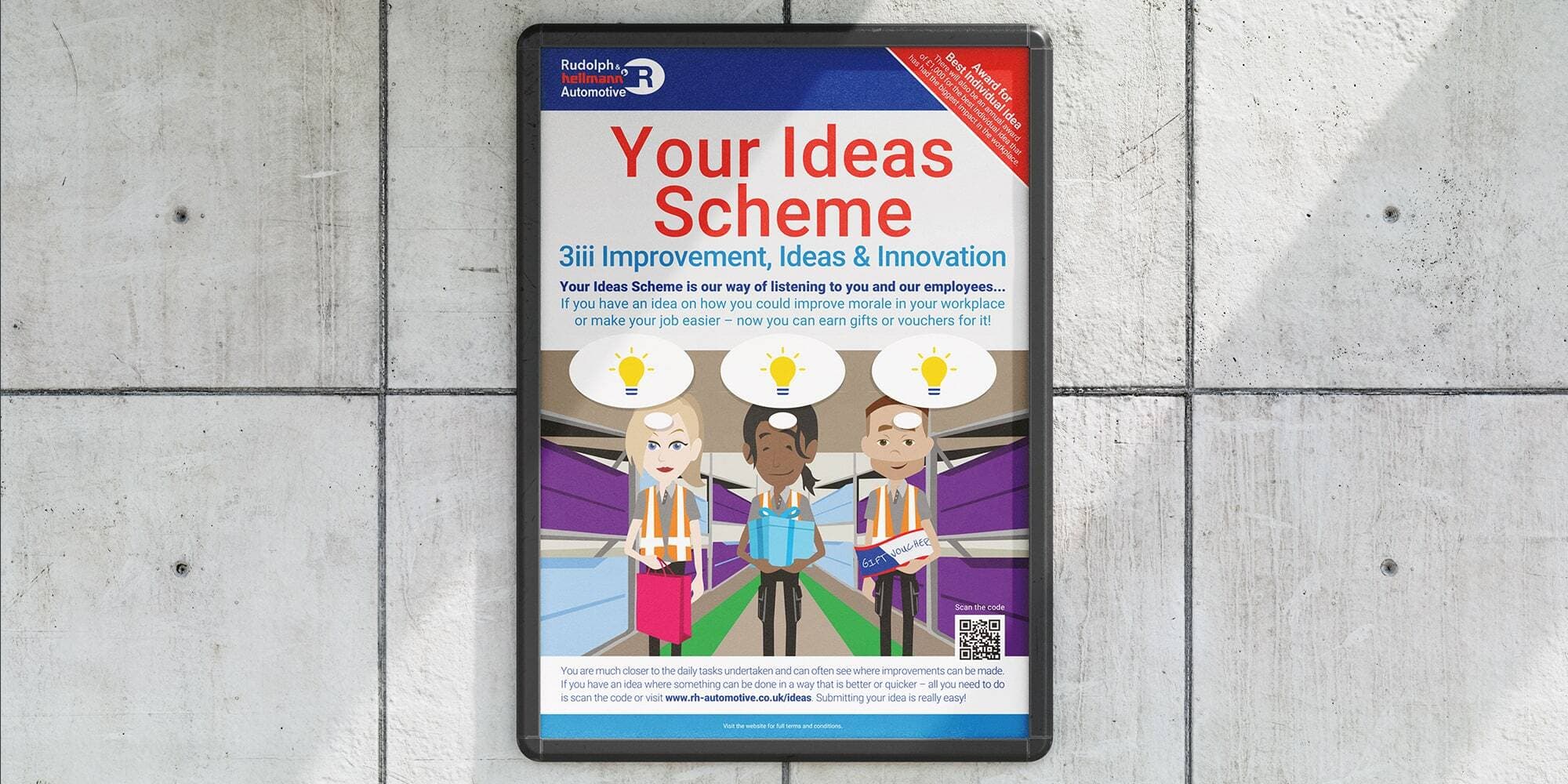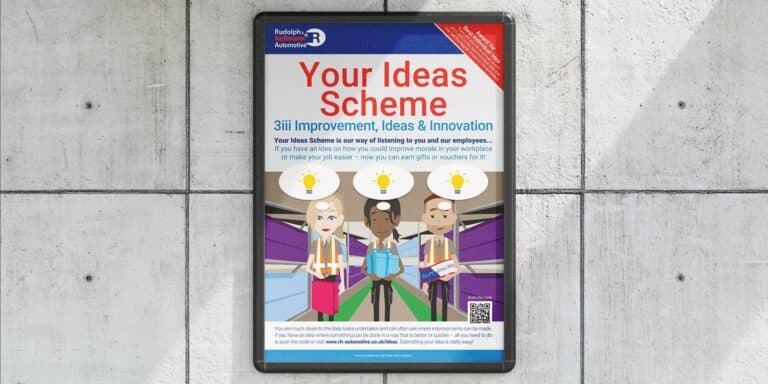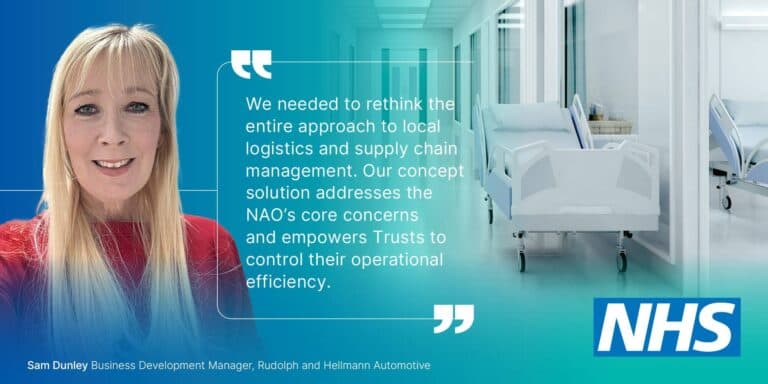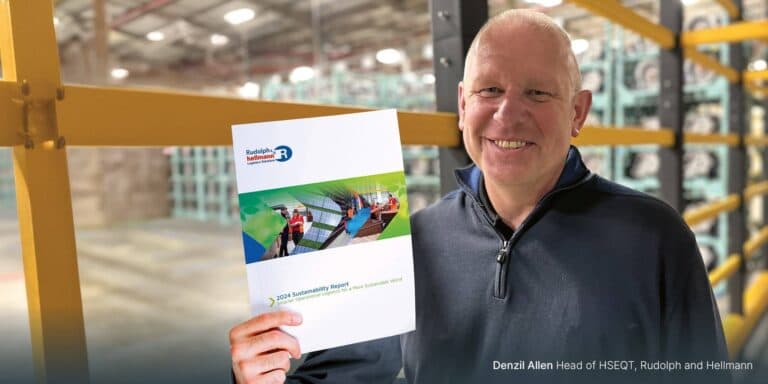Roger’s remarkable career in the logistics and automotive sectors spans over 25 years, and his journey at MINI Plant Oxford is a testament to his exceptional skills and unwavering commitment. As a Contracts Manager, Roger brings a wealth of experience, a strong work ethic, with a deep understanding of the automotive industry, particularly in operations, logistics and project management. His ascent through the ranks within Rudolph and Hellmann, culminating in his current role, perfectly embodies the company’s dedication to nurturing home-grown talent.
Leadership at MINI Plant Oxford: A Role Tailored to Roger’s Strengths
Roger’s extensive experience at MINI Plant Oxford began in 2017 when he was appointed Senior Operations Manager. His leadership was instrumental in optimising the Goods In/Empties Despatch operation, a critical area where he promoted process adherence and boosted team morale. Under his guidance, the Goods-In Department achieved consistent “Green KPI status,” a significant accomplishment reflecting Roger’s focus on efficiency and excellence.
Roger’s skills in logistics and project management were further demonstrated in 2022 when he was appointed as the LSP (Logistics Service Provider) Project Lead for the BMW PKT Project. In this high-profile role, Roger was responsible for overseeing the implementation of SEPIA/SAP S/4HANA Warehouse Management Systems. His ability to plan and execute such a complex project speaks to his leadership, problem-solving and analytical skills. By successfully planning and managing the material flow processes – including Goods Receipt, Sequencing and Lineside Picking & Delivery – Roger demonstrated an unparalleled understanding of operational needs, client requirements and the ability to adapt to changing circumstances.
Roger’s Key Strengths and Skills
Roger’s approach to his work is marked by transparency, collaboration and a commitment to excellence. His communication skills are among his most valuable assets, ensuring that information flows smoothly between teams, customers and senior management. He is adept at analysing data, identifying opportunities for improvement and applying Lean Manufacturing principles to streamline processes and eliminate inefficiencies. His ability to inspire trust and motivate his team through constant support and clear direction has been critical to his success.
What sets Roger apart is his capacity for problem-solving in high-pressure situations. Whether dealing with shifting priorities in an automotive manufacturing environment or managing the complexities of large-scale logistics projects, Roger’s “up-front” approach ensures that problems are addressed promptly and effectively. His focus on building and maintaining strong working relationships with customers and colleagues is a cornerstone of his leadership style, enabling him to foster a collaborative, high-performing team.
The Rudolph and Hellmann Approach to Nurturing Talent
Roger’s career progression is a prime example of the success of Rudolph and Hellmann’s commitment to nurturing internal talent. His dedication to professional growth, combined with the company’s investment in people, has resulted in his rise through the ranks from Logistics Operative to Senior Operations Manager and ultimately, Contracts Manager. His success demonstrates how investing in employees with the right attitude, work ethic, and potential can yield significant rewards. As Contracts Manager at MINI Plant Oxford, Rogers’ deep understanding of the operations on-site, coupled with his exceptional people management skills, make him a valuable asset to the business. His ability to integrate client needs with operational capabilities ensures that projects run smoothly, and his continuous drive for improvement guarantees that both team performance and customer satisfaction remain top priorities.


